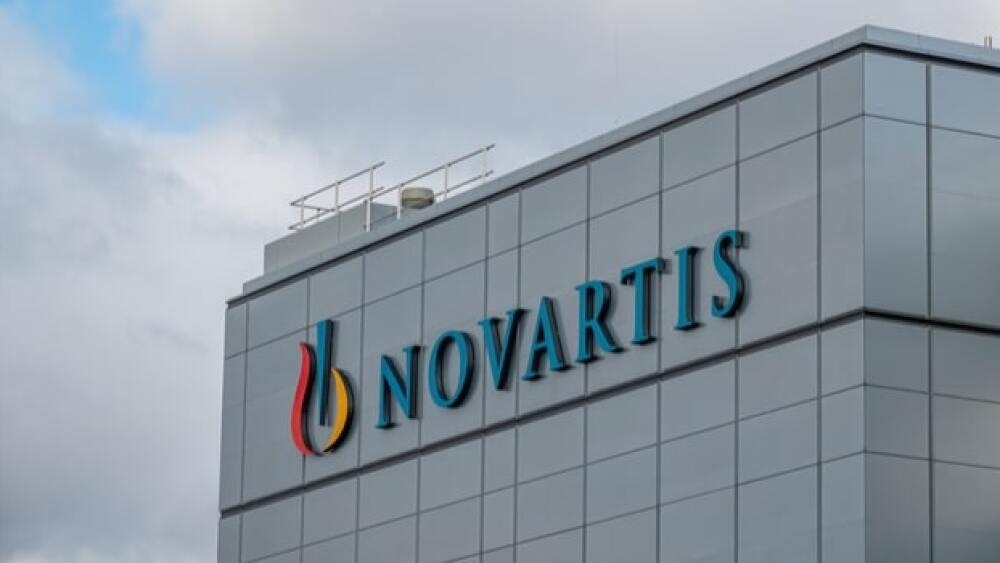After discovering promising indicators on the path to the development of Branaplam (LMIO70) for spinal muscular atrophy, Novartis now hopes to repurpose the drug for the treatment of Hungtington’s disease.
Branaplam is giving hope in Huntington’s disease. (Taljat David/Shutterstock)
After discovering promising indicators on the path to the development of Branaplam (LMIO70) for spinal muscular atrophy (SMA), Novartis now hopes to repurpose the drug for the treatment of Hungtington’s disease. The U.S. Food and Drug Administration (FDA) granted it Orphan Drug Designation for this purpose on Wednesday.
Branaplam is a highly selective, small molecule, survival of motor neuron-2 (SMN2) RNA splicing modulator. In SMA, the SMN1 gene – partially responsible for the maintenance of motor neurons – malfunctions, and the SMN2 gene needs to step in. However, the protein supplied from this gene is unstable, so branaplam was designed to increase its functionality.
In 2016, Novartis was forced to halt enrollment for a Phase I/II trial of branaplam in SMA when animal studies being conducted simultaneously showed unexpected injuries to the peripheral nerves, spinal cord, testis and blood vessels in the kidney. The company resumed trials in Europe in September 2017 with different doses and a modified trial design.
Yesterday’s announcement to repurpose branaplam for Huntington’s disease comes nearly year after Jay Bradner, head of research at Novartis, told investors in London that the company was pivoting away from oral therapies such as branaplam, and toward gene therapies for SMA.
Bradner added during the December 2019 update, “The learning of LMIO70 has taught us that LMI actually affects other splicing effects in cells that lead to new therapeutic opportunities, and has launched new programs targeting” other challenges.
Now, Novartis believes that they have found such an opportunity. In preclinical models, branaplam has shown the ability to reduce levels of a mutant huntingtin protein that contributes to the development of HD. In addition, it appeared to reduce huntingtin messenger RNA (mRNA) in SMA trial patients.
Huntington’s is caused by a single defective gene on chromosome 4, one of the 24 human chromosomes that define our entire genetic makeup. It is always fatal. There is currently no cure and very few substantive treatments.
Huntington’s causes the progressive breakdown of the brain’s nerve cells, resulting in the gradual deterioration of physical and cognitive abilities. The Huntington’s Disease Society of America describes the symptoms as akin to “having ALS, Parkinson’s and Alzheimer’s – simultaneously.”
The disease is currently crippling 41,000 Americans, and there are more than 200,000 more at risk of inheriting the disease. Symptoms typically begin to appear between the ages of 30 and 50 and continue to worsen over a 10 to 25- year period until the patient eventually succumbs to heart failure, pnemonia or other complications.
Next steps for Novartis will be to ascertain branaplam’s potential as a transformative treatment for Huntington’s Disease. The company intends to start the Phase IIb trial for branaplam in HD patients in 2021.






